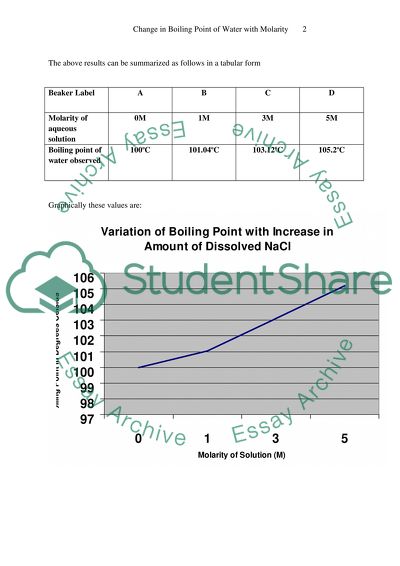Change in Boiling Point of Water with Molarity Essay. Retrieved from https://studentshare.org/miscellaneous/1516678-change-in-boiling-point-of-water-with-molarity
Change in Boiling Point of Water With Molarity Essay. https://studentshare.org/miscellaneous/1516678-change-in-boiling-point-of-water-with-molarity.


